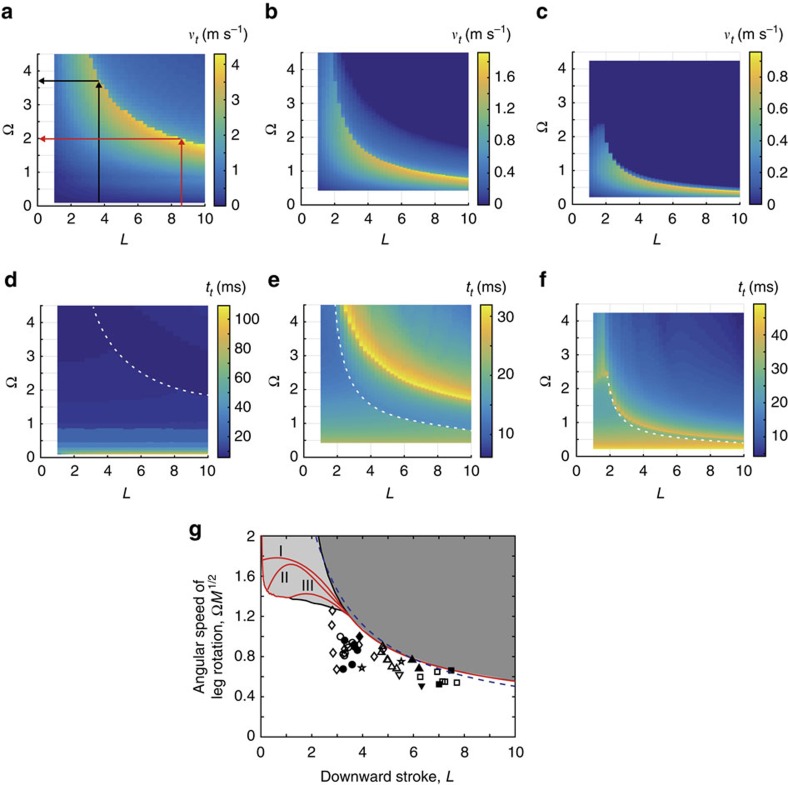Figure 4. Theoretical and empirical results of jumping of water striders.
(a–c) Effect of the dimensionless angular velocity of the leg Ω and the dimensionless maximum downward reach of leg L on takeoff velocity νt with warmer colours indicating higher takeoff velocity for water strider species of three different sizes expressed in different values of the variable M: M=0.1 in a; M=0.5 in b; M=2.0 in c. M represents the ratio of body mass to the maximal mass of water that the legs can displace by pushing against the water surface. Water striders observed in this study have M near 0.5. The arrows in a show that the longer leg indicated by red arrows should move slower, for example, than the leg indicated black arrows to get maximum takeoff speed. (d–f) Effect of the dimensionless angular velocity of the leg Ω and the dimensionless maximum downward reach of legs L on the time taken to escape from water tt with warmer colours indicating longer escape time corresponding to the conditions of a–c, respectively. White dashed lines indicate the boundary of meniscus breaking jump. (g) Phase diagram for the three jump modes as a function of ΩM1/2 and L: post-takeoff closing (white area), pre-takeoff closing (light shaded area), and meniscus breaking (dark shaded area). The red lines marked with I, II and III indicate the conditions resulting in maximal vertical takeoff velocity with three M in a–c: I with M=0.1; II with M=0.5; III with M=2.0. The dashed line shows the line of ΩM1/2=4/L+0.1. The phase diagram includes empirical results from the jump characteristics of females (filled symbols) and males (unfilled symbols) of G. remigis (inverted triangles), G. comatus (diamonds), G. latiabdominis (circles), G. gracilicornis (triangles) and A. paludum (squares) with nymph of G. remigis (stars).

